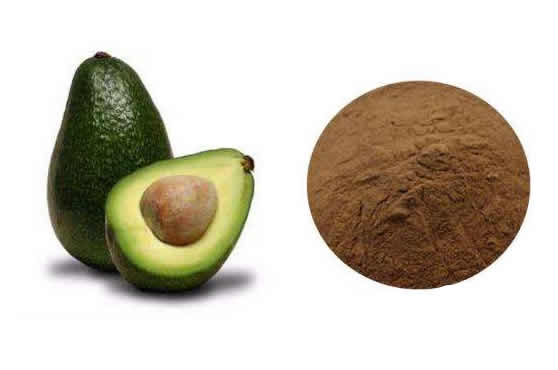Introduction to avocado:
Avocado, Malvaceae. Evergreen trees, all belong to about 50 species, as fruit tree cultivation only one kind of avocado. Shape like pear, also known as avocado, avocado or avocado. Its color is purple black and dark green. Avocado originated from Central America and Mexico, and introduced from Taiwan, mainland Guangdong, Fujian, Yunnan and other places. Fruit is a kind of fruit with high nutritional value. It contains a variety of vitamins, rich fat and protein, high content of sodium, potassium, magnesium, calcium, etc. the pulp contains a variety of unsaturated fatty acids, so it has the effect of lowering cholesterol. In addition, the vitamin and folic acid contained in avocado are also very effective for beauty and health care. It can also be used as dishes and cans in addition to raw fruit; the nuts contain fat oil, which is non dry oil and has a mild fragrance, and are used in food, medicine and cosmetics industries.

[plant form]:
evergreen trees, shade resistant plants. It is about 10 meters high, with grey green bark and longitudinal cracks. Leaves alternate, long elliptic, elliptic, ovate or obovate, 8-20cm long and 5-12cm wide, apex extremely sharp, base cuneate, extremely sharp to nearly round, leathery, upper green, lower usually slightly pale white, upper sparse when young, upper sparse and lower dense yellow brown pubescence, upper glabrous and lower sparse pubescence when old, feathery vein, middle vein flat in upper lower depression and upper part, There are 5-7 lateral veins on each side, slightly raised on the top, but very protruded on the bottom. The transverse veins and veinlets are obviously protruded on the top and below. The petiole is 2-5cm long, slightly grooved and pubescent on the ventral surface. Cymose panicles 8-14 cm long, mostly at lower parts of branchlets. , pedicellate, 4.5-7 cm long, yellow brown pubescence with the axis of each order; bracts and bracteoles linear, about 2 mm long, densely yellow brown pubescence. Flowers pale green yellow, 5-6 mm long, pedicels 6 mm long, densely yellow brown pubescence. The perianth is densely covered with tawny pubescence on both sides, the perianth tube is obconical, about 1mm long, the perianth lobes are 6, oblong, 4-5mm long, the apex is blunt, and the outer rings are 3 slightly small, thickening and falling early after flowering. Fertile stamens 9, about 4 mm in length, filaments filiform, flat, densely sparsely pilose, anthers oblong, apex obtuse, 4-celled, first and second round of stamen filaments glandular, anther anther chamber introverted, third round of stamen filaments at the base of a pair of flat orange oval glands, anther anther chamber extroverted. Staminode 3, innermost whorl, sagittate cordate, ca. 0.6 mm, glabrous, stipitate, stipitate ca. 1.4 mm, sparsely pilose.
[nutritional value]:
Avocado is also rich in potassium, folic acid and vitamin B6, as well as a variety of mineral elements (potassium, calcium, iron, magnesium, phosphorus, sodium, zinc, copper, manganese, selenium, etc.), edible plant fiber. In every 100 grams of raw avocado, water accounts for 74.3%, containing 2 grams of protein, 15.3 grams of fat and 7.4 grams of carbohydrate, which can provide 673.9 kilojoules of heat. It is a kind of high-energy and low sugar fruit.